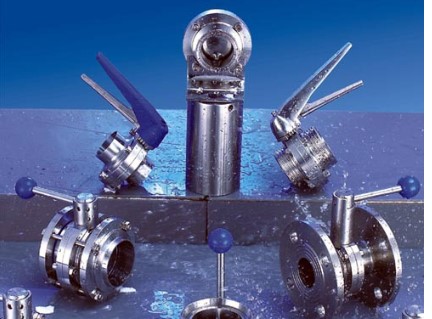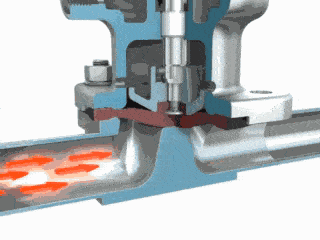How Does A Sequence Valve Work?

What does a sequence valve do?
Sequence valves manage the sequence of operations between two different circuit branches, allowing one branch to activate another branch automatically. Sequence valves are used in automobile engines — fuel must pass from the tank into the cylinders before the piston can rotate the crankshaft. A sequence valve installed in the gas tank transfer lines controls this sequence, helping protect the engine.
Sequence valves are actually similar to pressure relief valves because they both operate based on pressure changes. The difference is that once the set pressure level is reached, sequence valves have an actuator that diverts the medium to another part of the system to execute the next command in the programmed sequence. Many different types of sequence valves exist; most are managed with pressure, but some are controlled mechanically.
Sequence Valve Mechanism
There are two different ways to classify sequence valves. The first class is according to its mechanism and structure, divided into two types: direct action and pilot. The second class is according to the pressure control method: internal control or external control. The sequence valve is equipped with a one-way sanitary valve. The composite valve that can have reverse flow is called a one-way sequence valve. In general, this kind of valve is often used.

Why do we use sequence valves to work?
What is the function of a sequence valve?
The basic function of a sequence valve is to control the sequential operation of multiple actuators. Sequence valves have an actuator that diverts the medium to another part of the system to execute the next command in the programmed sequence. This function is critical to the performance of many different industrial systems, including automobiles, aerospace, fluid processing, and more.
There are a few different names for sequence valves, depending on their application: back pressure valve, unloading valve, and balance valve, respectively. The performance of the sequence valve is basically the same as that of the overflow valve. However, due to different functions, there are special requirements for sequence valves.
Sequence Valve Functions and Applications
1) In order for the actuators to accurately achieve sequential action, it’s required that the precision of pressure regulating be high and the deviation be small.
2) In order for the sequential action to be accurate, there must be only a small amount of internal leakage when the valve is closed.
3) For a one-way sequence valve, it’s required that the reverse pressure loss and the forward pressure loss be small.
The Main Uses of Sequence Valves include:
1) Controlling the sequential action of multiple components.
2) Use in the pressure-keeping circuit.
3) To be used as a balance valve to prevent the free fall of cylinder pistons caused by self-weight.
4) Externally-controlled sequence valves can be used as unloading valves to unload the pump.
5) Internally-controlled sequence valves can be used as back pressure valves.
How to Select the Right Sequence Valve for You
With their versatile mounting structures, sequence valves can be used for different circuit functions to replace overflow valves and balance valves.
If the opening and closing characteristics of the sequence valve are too poor, when the flow is large, the pressure is too high and the efficiency of the circuit is reduced. The opening and closing characteristics include hysteresis, the opening pressure is smaller than the closing pressure. This should be noted when the load flow changes.
For valves with too low an opening pressure, when the pressure is lower than the set pressure, leakage occurs, leading to the malfunction of the actuator. When the flow through the valve is far smaller than the rated flow, vibration or other instabilities can occur, and you must take maintenance measures on the circuit.




